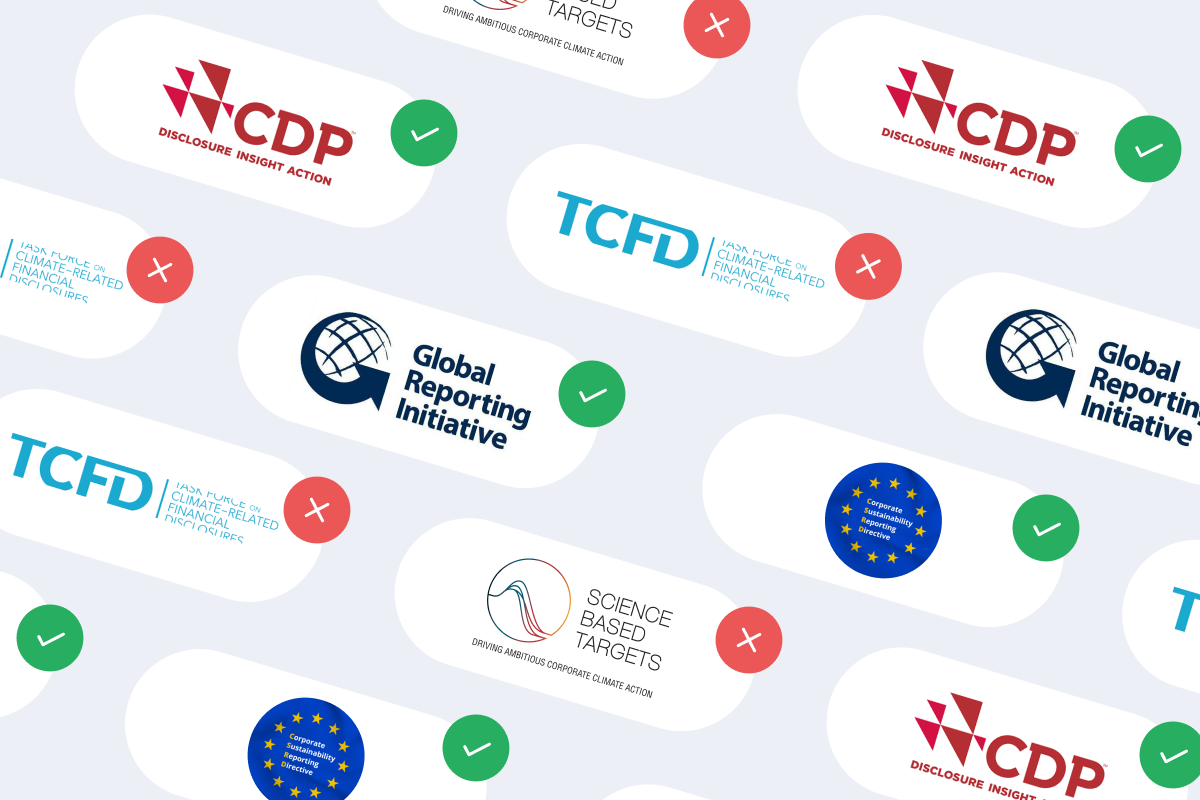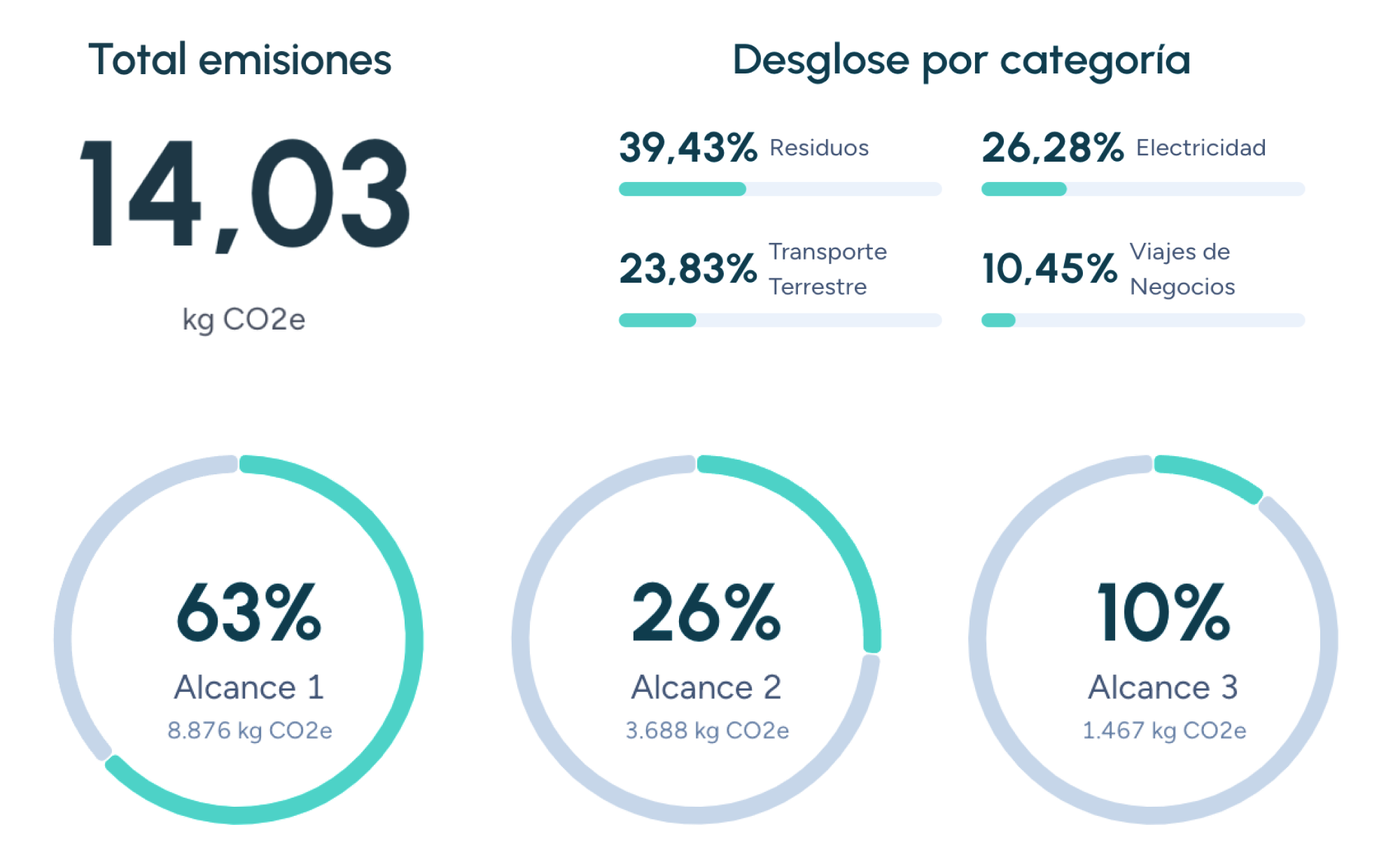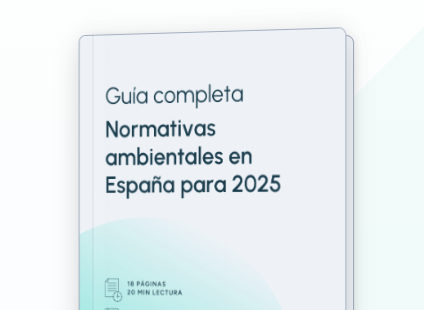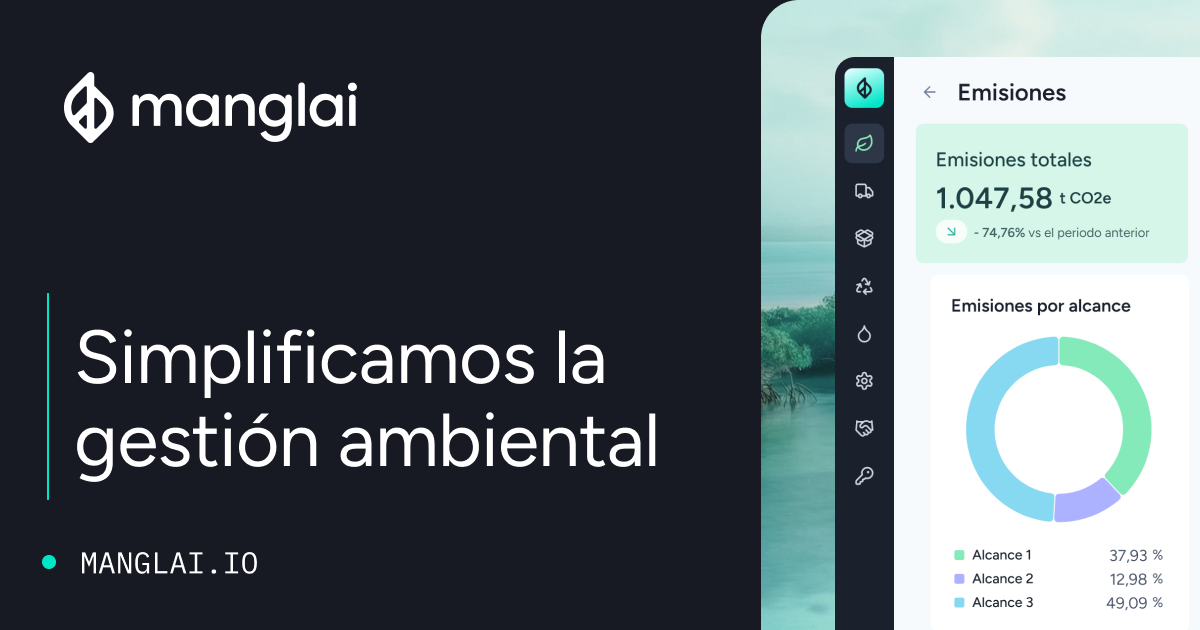Back to the blog
Water footprint
Guide to Calculating the Water Footprint of a Product or Activity: Methods and Tools
Carolina Skarupa
Product Carbon Footprint Analyst
A water footprint is an essential metric for gauging the environmental impact linked to the water consumed in products and activities. As concern over sustainable water use grows, understanding how to calculate the water footprint of a product or activity becomes a key tool for companies and consumers who want to curb their environmental impact.
Below, we explain how to calculate a water footprint, the factors involved, and why this metric is critical for sustainability.
What is a Water Footprint?
A water footprint is the total volume of water used to produce a good or carry out an activity. It covers not only the water used directly but also the water embedded in every prior stage of a product’s life cycle. The footprint is broken into three main components: blue, green, and gray water.
- Blue water footprint: freshwater taken from surface or groundwater sources (rivers, lakes, aquifers).
- Green water footprint: rainwater stored in soil and absorbed by plants.
- Gray water footprint: the volume of water required to dilute pollutants generated during production so that the resulting effluent meets legal standards.
How do you Calculate a Product’s Water Footprint?
Calculating a product’s water footprint is a multi-step process that considers every resource used in manufacturing, transport, use, and end-of-life. The core steps are:
1. Identify each Life-Cycle stage
- Raw-material production: water used to farm or extract base materials.
- Processing: water required to turn raw materials into finished goods.
- Transport: water embedded in moving materials and products.
- Use & disposal: water consumed during product use and in final disposal.
2. Measure water use at every stage
Examples include irrigation for agricultural goods, process water in a factory, or the water an appliance needs to run.
3. Add up total water use
Sum the water for all stages. Combine the blue and green water consumed plus the gray water needed to dilute contaminants.
Need a quick estimate? Try our Water Footprint Calculator for specific products.
4. Apply conversion factors
Convert the raw data into standard units, liters per kilogram or liters per unit. Use reliable sources for conversion factors to ensure accuracy.
Key drivers of a Water Footprint
- Crop or raw-material type: water-intensive crops like rice or cotton push footprints higher.
- Geographic location: arid or water-scarce regions need more water for equal output.
- Production technology: efficient technologies can sharply lower footprints.
- Agricultural and water-management practices: precision irrigation can dramatically cut agricultural water use.
Why bother Calculating a Water Footprint?
1. Boost corporate sustainability
Knowing the footprint highlights hotspots and efficiency gaps, trimming operating costs and burnishing environmental credibility.
2. Meet environmental regulations
Authorities worldwide are tightening rules on water use. Measuring footprints helps firms stay compliant and dodge penalties.
3. Cut environmental impact
Quantifying water use pinpoints where to reduce consumption, vital for fighting scarcity and protecting ecosystems.
4. Raise consumer awareness
Shoppers increasingly prefer sustainable products. Publishing your water footprint can attract eco-minded customers and sharpen your competitive edge.
Tools to Calculate a Water Footprint
- Water-footprint databases such as the Water Footprint Network offer benchmarks for numerous goods and services.
- Online calculator: Manglai’s web tool estimates footprints for specific products and activities.
- Specialized consultancies handle complex or custom footprint analyses.
For practical ways to shrink corporate footprints, see our post on strategies to reduce a company’s water footprint.
Taking the first step
Calculating a product’s or activity’s water footprint is essential to understanding its water demand and making informed reduction choices. By measuring and managing their footprints, companies enhance sustainability, comply with regulations, and satisfy consumers who care about responsible water use.
Want to dive deeper? Check out Corporate Water Responsibility: Keys to managing water in business on our blog.
FAQs about How to Calculate the Water Footprint of a Product or Activity
How does a water footprint affect the environment?
High water use stresses local resources, worsening scarcity and harming ecosystems and communities.
Which industries have the largest water footprints?
Agriculture (notably rice and cotton), textiles, and food-and-beverage manufacturing top the list.
How can I reduce my company’s water footprint?
Adopt efficient irrigation technologies, streamline production to cut water use, and choose materials with lower water impacts.
Carolina Skarupa
Product Carbon Footprint Analyst
About the author
Graduated in Industrial Engineering and Management from the Karlsruhe Institute of Technology, with a master’s degree in Environmental Management and Conservation from the University of Cádiz. I'm a Product Carbon Footprint Analyst at Manglai, advising clients on measuring their carbon footprint. I specialize in developing programs aimed at the Sustainable Development Goals for companies. My commitment to environmental preservation is key to the implementation of action plans within the corporate sector.
Content
Companies that trust us

Water Neutrality: Is It an Achievable Goal for Industry in Spain?
Discover whether water neutrality is viable for Spanish industry. Methods and strategies to reduce water consumption.
08 December, 2025
Technologies for Optimizing the Water Footprint in the Textile and Agri-Food Industries
Discover how digitalization, water reuse, and artificial intelligence are transforming water management in the textile and agri-food sectors
29 October, 2025
Strategies to Reduce the Water Footprint of Companies
Learn techniques and tools to minimize water impact in processes and products.
03 September, 2025
Guiding businesses towards net-zero emissions through AI-driven solutions.
© 2025 Manglai. All rights reserved
Política de Privacidad


